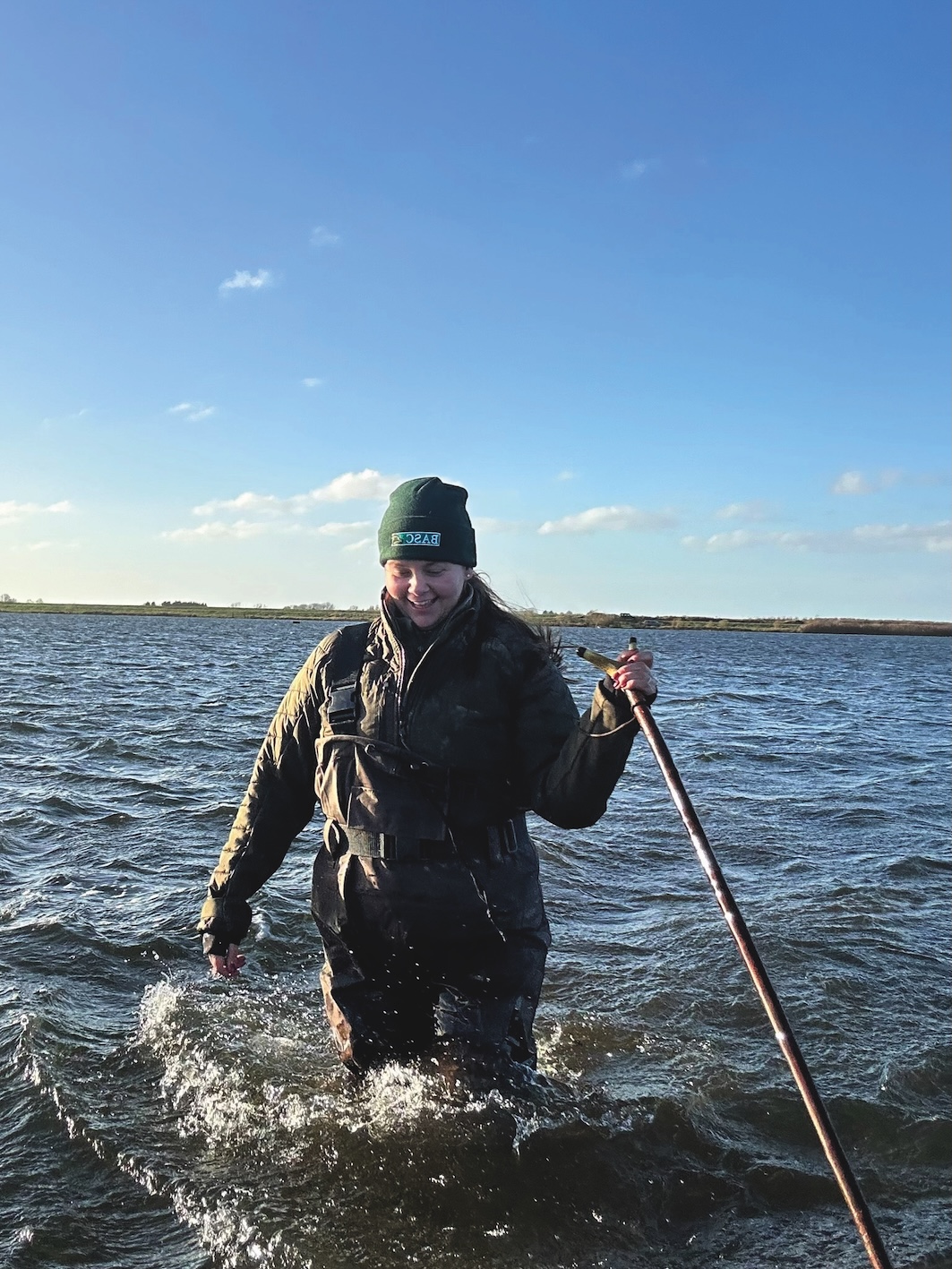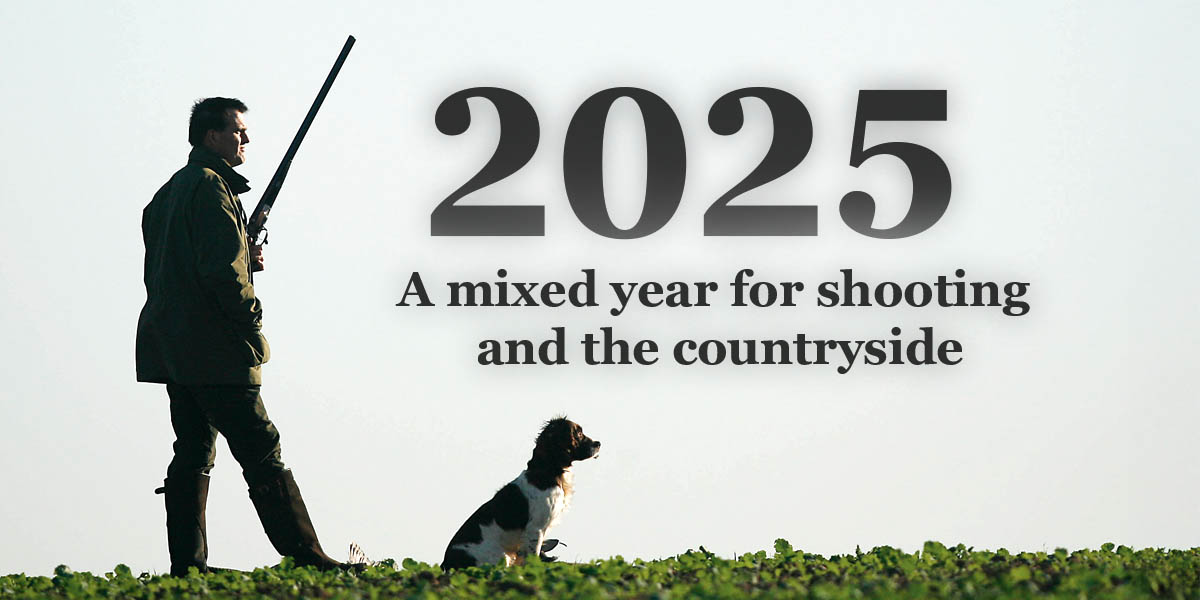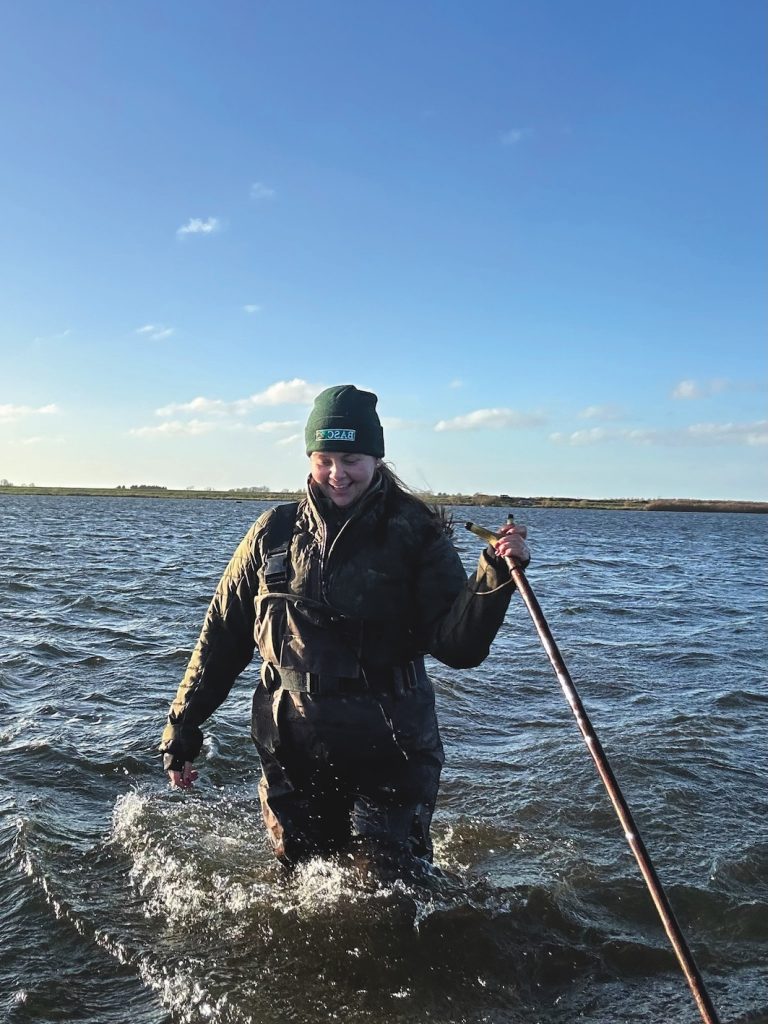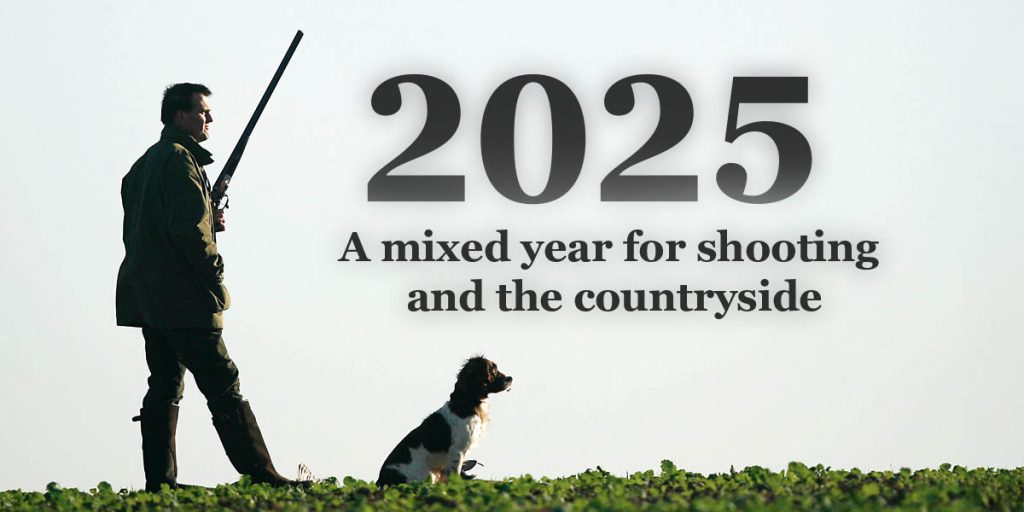Win CENS ProFlex DX5 earplugs worth £1,149 – enter here
Green light for study on impact of gamebird release in Scotland
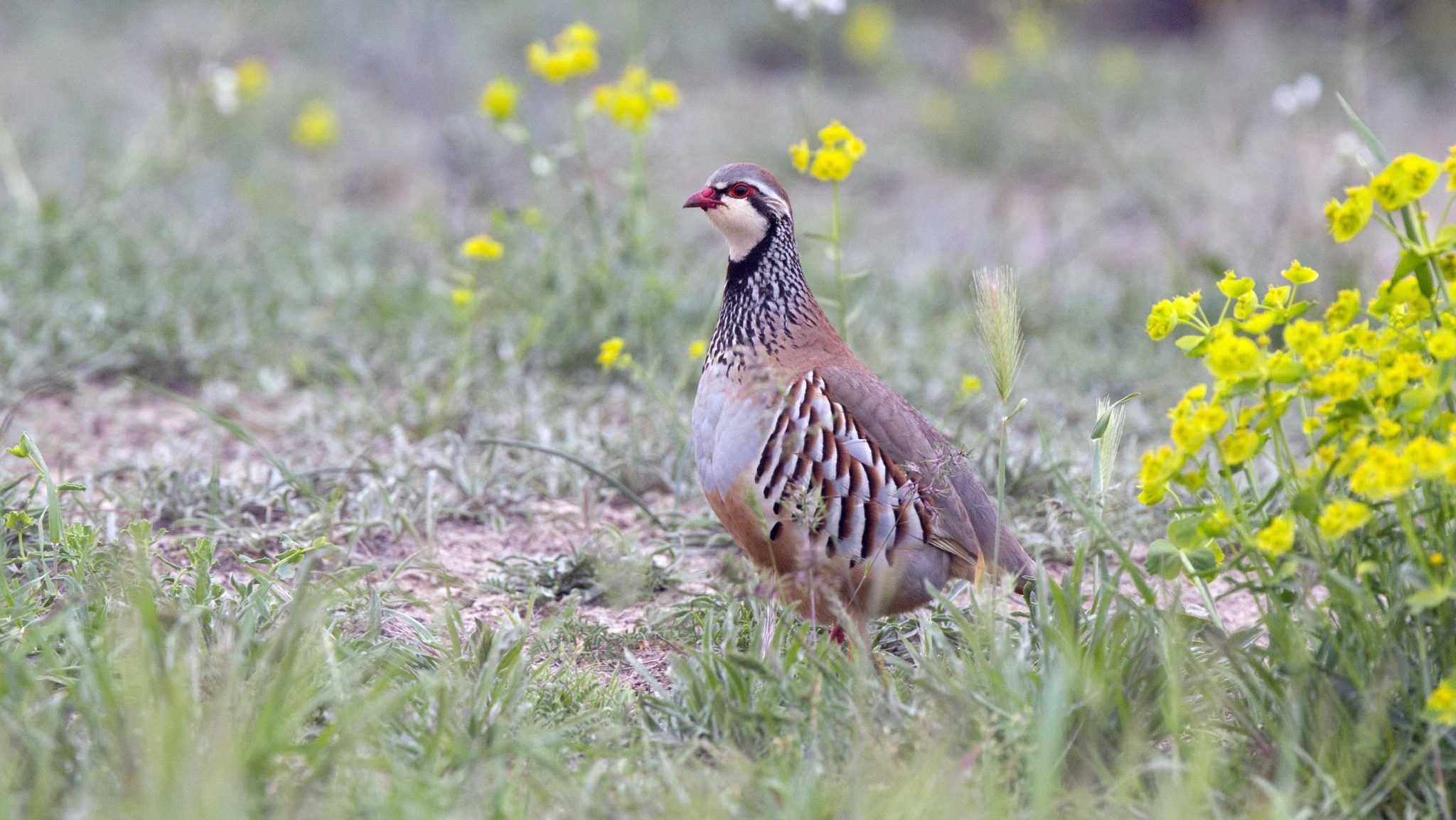 A study to determine the impacts of gamebird release will commence in Spring
A study to determine the impacts of gamebird release will commence in Spring
A study to determine the impacts of the release of pheasants and red-legged partridges on Scotland’s environment and native species is set to commence this spring.
The pilot assessment for the project, which will be conducted by the Game and Wildlife Conservation Trust (GWCT), is due to take place this spring in the Cairngorms National Park.
According to internal communications, NatureScot recommended research into the impacts of gamebird release in 2023. In the internal emails, NatureScot highlighted that most previous impact studies have been conducted in England, where authorities have greater regulatory powers over the release of gamebirds.
An initial assessment from NatureScot found it ”possible” or “likely” that gamebirds were present in dozens of special protected areas (SPAs) after having been released nearby.
In England, licences are required to release gamebirds within 500-metre ‘buffer zones’ surrounding SPAs and special areas of conservation (SACs). This year General Licence 43 which facilitates the release of gamebirds on SAC’s was delayed in England hampering shoots abilities to plan ahead.
General Licence 45 which relates to the release of gamebirds on SPA’s In England, was not renewed due to the increased risks posed by avian influenza, forcing shoots to apply for licences on an individual basis.
Asked about the upcoming impact study, The Royal Society for the Protection of Birds (RSPB) said it was “important that we build understanding of both the numbers and of environmental impacts on wildlife habitats at release sites”.
Paul Walton, RSPB Scotland’s head of habitats and species, warned of potential impacts on native animal species, including the potential to pass on disease – particularly bird flu – and the risk of gamebirds attracting more predators, which could also prey on other species.
A NatureScot spokesperson said: “Currently, there is little evidence to show that gamebirds are causing damage to protected areas in Scotland, but we will continue to monitor the situation closely.”
GWCT Interim Director of Scotland, Nick Hesford told ST: “A pilot study looking at the number of game birds released by a sample of estates within the Cairngorms National Park is due to begin this spring. The study, part-funded by Cairngorms National Park Authority, aims to gather information on release numbers and does not involve methods that count birds on the ground. We look forward to sharing further details once the analysis is complete and a draft report has been produced.”
Related Articles
Get the latest news delivered direct to your door
Subscribe to Shooting Times & Country
Discover the ultimate companion for field sports enthusiasts with Shooting Times & Country Magazine, the UK’s leading weekly publication that has been at the forefront of shooting culture since 1882. Subscribers gain access to expert tips, comprehensive gear reviews, seasonal advice and a vibrant community of like-minded shooters.
Save on shop price when you subscribe with weekly issues featuring in-depth articles on gundog training, exclusive member offers and access to the digital back issue library. A Shooting Times & Country subscription is more than a magazine, don’t just read about the countryside; immerse yourself in its most authoritative and engaging publication.



